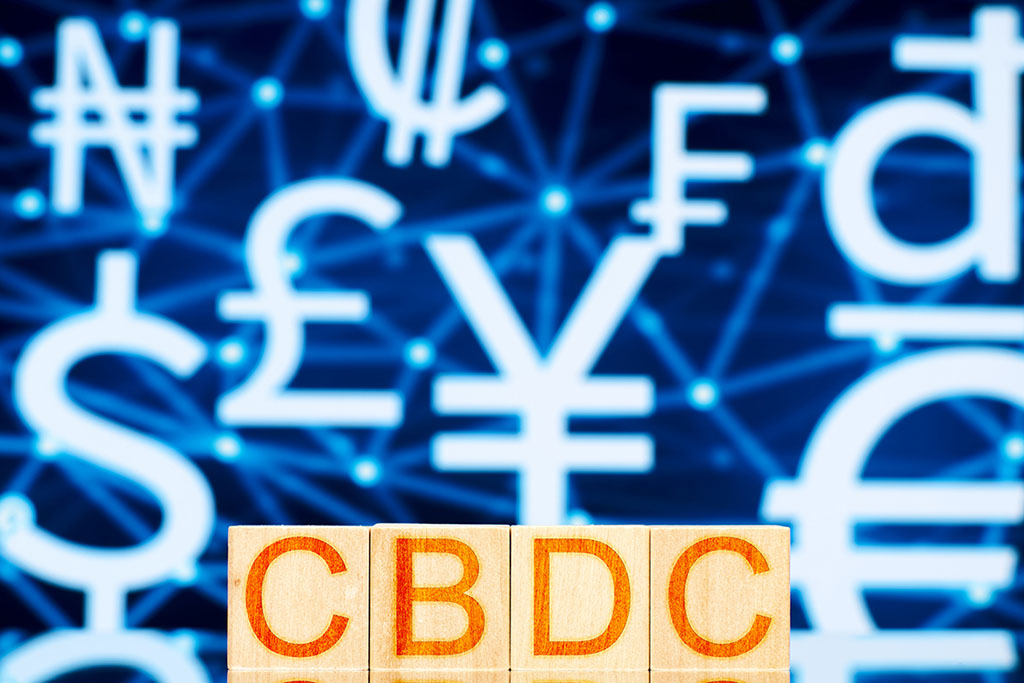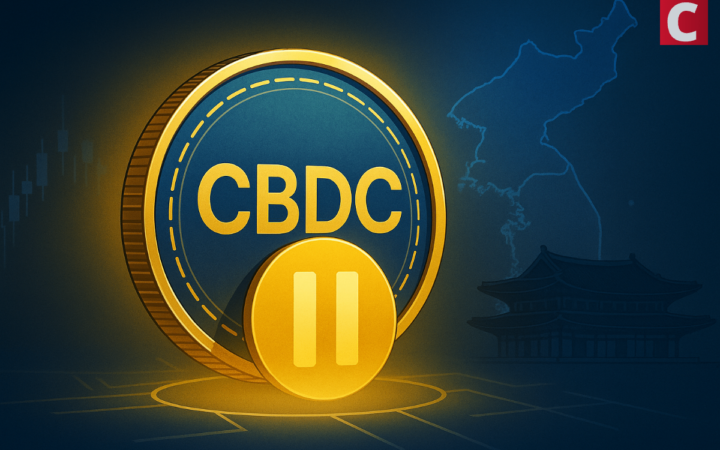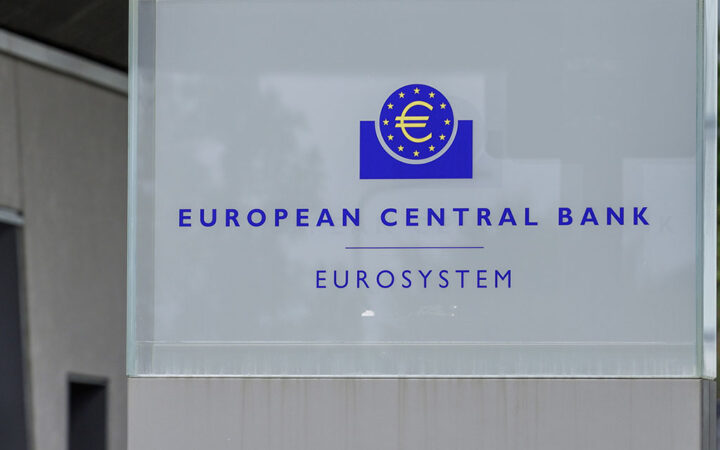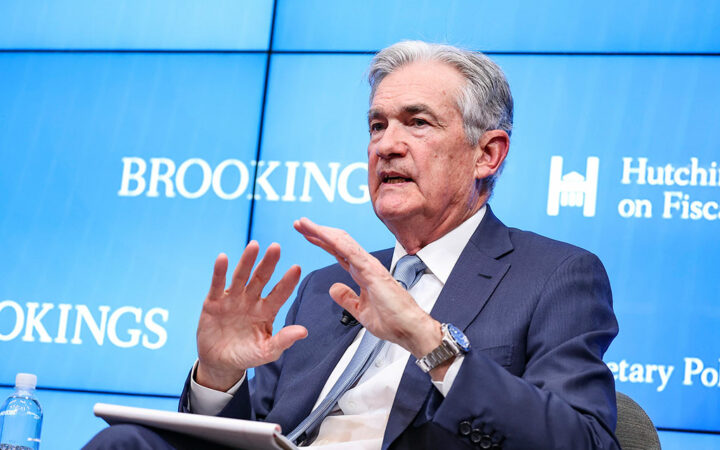
With over 3 years of crypto writing experience, Bena strives to make crypto, blockchain, Web3, and fintech accessible to all. Beyond cryptocurrencies, Bena also enjoys reading books in her spare time.
The phased implementation strategy ensures that the RBI can address any challenges that arise, making the CBDC a robust and reliable tool for the future.
 Edited by Julia Sakovich
Updated
3 mins read
Edited by Julia Sakovich
Updated
3 mins read

The Reserve Bank of India’s (RBI) digital currency pilot program, known as the Central Bank Digital Currency (CBDC), has reached an important milestone with over 5 million users. Despite this achievement, RBI Governor Shaktikanta Das stressed the need to move cautiously before expanding the CBDC to a wider audience.
Speaking at a conference in Bengaluru on Monday, Das emphasized that the RBI is not rushing to launch a full-scale retail CBDC. He pointed out that the actual introduction of the CBDC could be done gradually. He noted that the gradual approach is necessary to fully understand the potential effects on users, monetary policy, the financial system, and the broader economy before moving forward with a large-scale rollout.
India started its journey toward CBDCs with the Finance Minister’s 2022 budget speech. Both retail and wholesale CBDCs were announced at that time. By the end of 2022, the Reserve Bank of India had launched pilots for both. By late 2023, the retail CBDC achieved a milestone with one million transactions in a single day. The pilot has since grown, now involving 16 banks. However, the exact number of daily transactions is not publicly known.
RBI Governor Shaktikanta Das has emphasized a cautious approach, aligning with the RBI’s overall strategy of gradual implementation. This decision is backed by ongoing studies on the CBDC’s programmability and offline features. Das stressed the importance of not rushing into a full-scale rollout without fully understanding its potential effects.
The programmability feature of the CBDC is under testing, showing potential to boost financial inclusion. One pilot example involves directing funds to farmers for agricultural inputs, ensuring that the money is used as intended. This approach not only increases financial accountability but also helps verify the farmer’s identity, leading to more efficient transactions.
Additionally, the CBDC shows promise in generating carbon credits, which supports global sustainability goals. Das noted that these pilot programs are key to understanding how the CBDC can be customized to meet specific economic needs, including financial inclusion and sustainable development.
In addition to programmability, the RBI is testing new features, including anonymity and offline availability. This new feature could significantly enhance the CBDC’s versatility and user experience. These features, according to Das, will be introduced gradually, ensuring that each step is informed by rigorous testing and analysis.
While the future of India’s CBDC looks promising, RBI’s cautious approach shows the complexities involved in implementing a digital currency. The phased implementation strategy ensures that the RBI can address any challenges that arise, making the CBDC a robust and reliable tool for the future.
Disclaimer: Coinspeaker is committed to providing unbiased and transparent reporting. This article aims to deliver accurate and timely information but should not be taken as financial or investment advice. Since market conditions can change rapidly, we encourage you to verify information on your own and consult with a professional before making any decisions based on this content.

With over 3 years of crypto writing experience, Bena strives to make crypto, blockchain, Web3, and fintech accessible to all. Beyond cryptocurrencies, Bena also enjoys reading books in her spare time.





